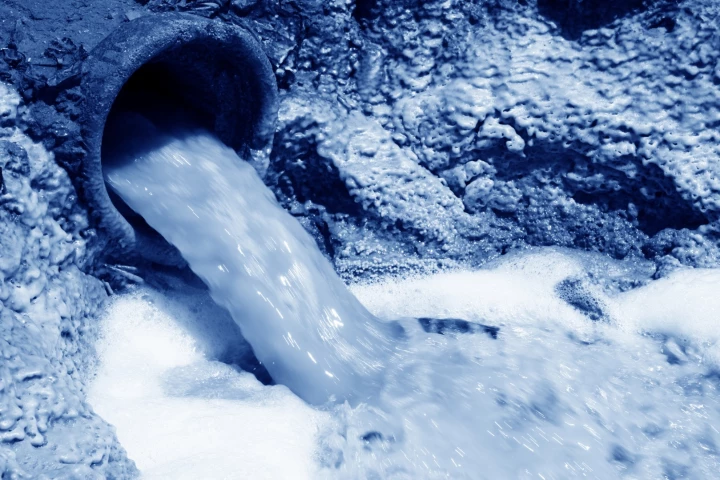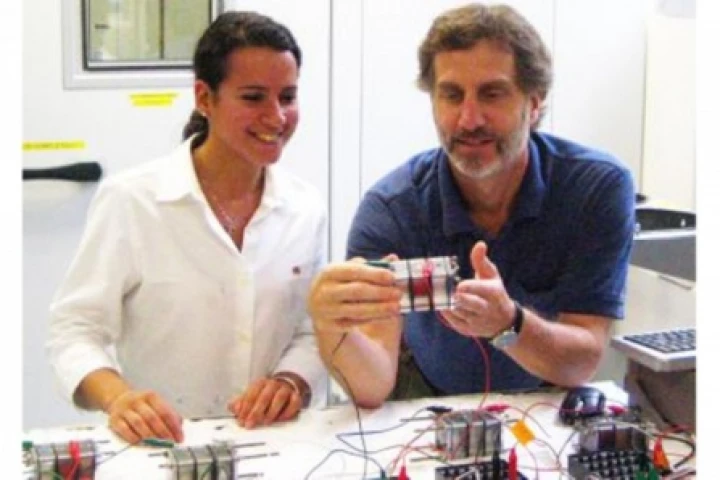Salinity
-
Low-salt food without a flavor penalty could soon be on the menu. Japanese food and beverage giant Kirin has partnered with Meiji University researchers to demonstrate a set of electric chopsticks that can boost people's perception of saltiness.
-
"Hypersaline brine" is industrial waste-water with salt levels that exceed even that of seawater. It’s a big, expensive, destructive problem which a team of engineers at Columbia University in New York City hope to solve with their solvent-based method of desalination.
-
Waste water from the fracking is over five times saltier than seawater, which is not good. A research team led by MIT that has found an economical way of removing salt from fracking waste water that promises to not only reduce pollution, but conserve water as well.
-
Scientists at NASA say that Jupiter’s largest moon, Ganymede, may not have a single large ocean. Instead, it may be built like a club sandwich, with alternating layers of ice and water.
-
Researchers have created an experimental device that indicates boron nitride nanotubes provide an extremely efficient solution for converting the energy of salinity gradients into immediately usable electrical power.
-
The SMOS is the first ever satellite designed both to map sea surface salinity and to monitor soil moisture on a global scale and the unique radiometer it carries will play a key role in the monitoring of climate change on a global scale.
-
Using a modified microbial fuel cell, an international team of researchers has proven a process that cleans wastewater can also remove 90 percent of salt from brackish water or seawater while generating electricity.
-
As soil salinity threatens world food crops, a research team has found a way to make plants more salt tolerant.
-
The mini-mobile-modular (M3) “smart” water desalination and filtration system could help determine the feasibility of using available water as a source for a large-scale desalination plant.
-
Green energy comes in many guises these days, from wind-power to wave-power. One of the more compelling of the new kids on the eco-energy block is salinity power, which uses the concurrence of salt-water and freshwater in estuaries and marries it with the natural, effortless process of osmosis.









